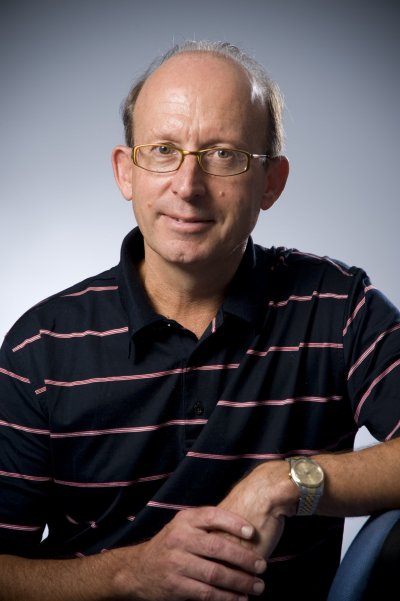A cool solution for a hot problem
Global electricity prices have jumped more than 50% in the past five years, right along with a dramatic upswing in data centre energy consumption. Whether the motivation is reducing costs, minimising carbon footprint, or both, many Australian organisations are committed to finding solutions that help improve data centre efficiency. Emerson Network Power’s David Scott * uncovers one solution guaranteed to lower your high-density energy bills.
Research has shown that infrastructure - primarily the power generation and cooling infrastructure that keeps a data centre operational - sucks up to half the total energy that a data centre consumes. Of that, cooling systems account for 38% of energy consumption. Fortunately, cooling system technologies exist that can substantially cut the costs from the data centre electricity bill.
One such technology, supplemental cooling, is particularly effective in increasing cooling system energy efficiency in today’s high-density server environments. Supplemental cooling units can reduce cooling costs by 30% compared to traditional approaches to cooling. These savings are achieved because supplemental cooling brings cooling closer to the source of heat, reducing the fan power required to move air. They also use more efficient heat exchangers and deliver only sensible cooling, which is ideal for the dry heat generated by electronic equipment.
Supplemental cooling overcomes the capacity limitations of raised floor cooling systems in high heat density applications by using ‘modules’ placed directly above or alongside high-density racks to supplement the air coming up through the floor. Being close to the source of the heat allows for immediate response to the heat expelled by the rack.
Also, unlike other cooling solutions, supplemental cooling systems are relatively easy to deploy at an existing operating site and can be added in a plug-and-play fashion as the data centre’s needs change. A recent real-world example of this is the supplemental cooling system deployed at one of Australia’s largest co-location data centres, Equinix, to cool down the equipment that, ironically, was used to render the Antarctic-based animated film Happy Feet.
It’s important to understand, however, that no one solution provides the ‘silver bullet’ for energy efficiency in the data centre. While supplemental cooling has proven to be one of the most immediate and effective ways to reduce energy consumption, it is by no means the only way to do so, and is far less effective in isolation from other energy-saving best practices.
There are a number of actions that can be taken today that can significantly drive down energy consumption while freeing physical space and power and cooling capacity to support growth. For example, energy reduction initiatives should begin with policies that encourage the use of efficient IT technologies, specifically low-power processors and high-efficiency power supplies. Power management software should also be considered in applications where it is appropriate as it may provide greater savings than any other single technology.
IT consolidation projects also play an important role in data centre optimisation. Both blade servers and virtualisation contribute to energy savings and support a high-density environment that facilitates true optimisation.
The focus on infrastructure systems, employing a combination of best practices and technologies to increase the efficiency of power and cooling systems, is the final piece in a holistic puzzle that, if put together correctly, has been shown to save the average data centre upwards of 50% of its annual energy bill.
For many Australian CIOs struggling to justify an investment in so-called ‘green’ technology, they need only look at the bottom line.
 *David Scott is the managing director of Emerson Network Power ANZ. He is the most senior Emerson executive to take the reins of the company’s Network Power Division in Australia, an indication of the country’s growing importance.
*David Scott is the managing director of Emerson Network Power ANZ. He is the most senior Emerson executive to take the reins of the company’s Network Power Division in Australia, an indication of the country’s growing importance.
Canadian by birth, Scott has been with the Emerson Group for 33 years, his most recent post being sales vice-president for Europe, the Middle East and Africa. He has also held senior posts in Hong Kong, Melbourne and Singapore.
Revolutionising connectivity: the trends redefining data centres in 2024
The rush of generative AI has hit the IT ecosystem hard.
Five key data trends Australian IT leaders need to know about this year
With zettabytes of data freely available at our fingertips, businesses must look inwards and...
Future-proofing digital growth in the cloud
As companies move into 2024, many will grapple with the best approach to unlocking the full...







